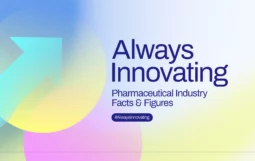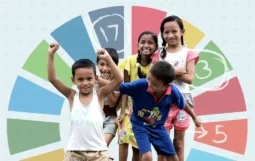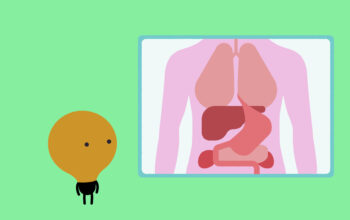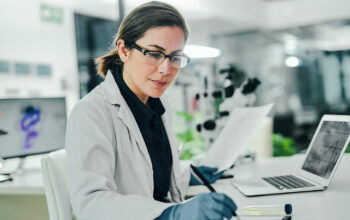Fake Medicines – a Hurdle on our Way to Beating Malaria
Results from the UN Decade to Roll Back Malaria tell us global malaria deaths have been reduced by 38% and that 10 countries on the African continent—and most endemic countries in other regions—halved malaria cases and deaths. This means the lives of 1.1 million children under five years have been saved in the last decade.
Behind the numbers is a story of teamwork. From our side, over the past fifteen years industry has been involved in over 30 targeted malaria partnerships. These representing 15% of our industry’s health partnerships. What we have delivered through these efforts includes technology transfer agreements for research on new compounds, training for community health workers, education and outreach on prevention, donations, differential pricing, arrangements for no- and low-cost anti-malarial medications, professional education as well as best-practice sharing for policy makers[1].
We are also working hard on pushing the limits of science to deliver better health. Our industry puts great hopes in the power of vaccination and is currently collaborating with researchers and organizations on six possible vaccines. These potential interventions could prevent new cases and help the global health community finally eradicate malaria. Besides vaccines, there are 31 new treatments in the malaria pipeline across our industry, and we hope they will prove even more efficient and effective than the current treatments.
Last decade’s success is tomorrow’s blueprint for progress. A lot has been said on the need to do more to achieve the goals that governments agreed to back in 2000. This surely includes new R&D, but also availability of additional funding and health systems strengthening.
Let me focus on one aspect which is often forgotten and that hinders progress in decreasing the malaria burden: medicines counterfeiting. An incredible amount of fake medicines make their way to patients in need. By furtively escaping any control, they find their way into pharmacies, hospitals, and street shops by being shipped packed in trucks or even suitcases. Overcoming the lack of capacity and surveillance in malaria-endemic countries is crucial to stopping this criminal activity that the World Customs Organizations values at 200 billion USD per year. While artemisinin-based treatments have drastically improved malaria care in recent years, the spread of fake malaria treatments increasingly threatens its efficacy. As more sub-effective treatments are used by patients, the more likely it is that dangerous bacteria will become drug-resistant. This is the case of many countries, including those in sub-Saharan Africa and in South-East Asia, especially the Mekong region. In a recent study, The Lancet found that approximately half of 1500 samples from seven South-East Asian countries failed packaging analysis, and nearly 40% were classified as fake. That means that anyone seeking malaria treatment in pharmacy or a clinic along the Cambodia-Thailand border has one chance in two of not getting treated! Given the lethality of malaria, in some cases taking fake medicines could be fatal.
Alongside with pleas for more funding, we should also look at systemic improvements, one above all, making sure patients get the appropriate – real – cure they seek. Governments, national regulatory and enforcement agencies, public and private organizations, healthcare professionals, pharmaceutical manufacturers and all actors across the medicine supply chain – we all play a role in preventing counterfeits from reaching patients. We should stand ready to collaborate and take concrete actions – just as we do in other areas from research through donations to capacity building – to remove the fake medicines hurdle on our way to beat malaria.
Author





